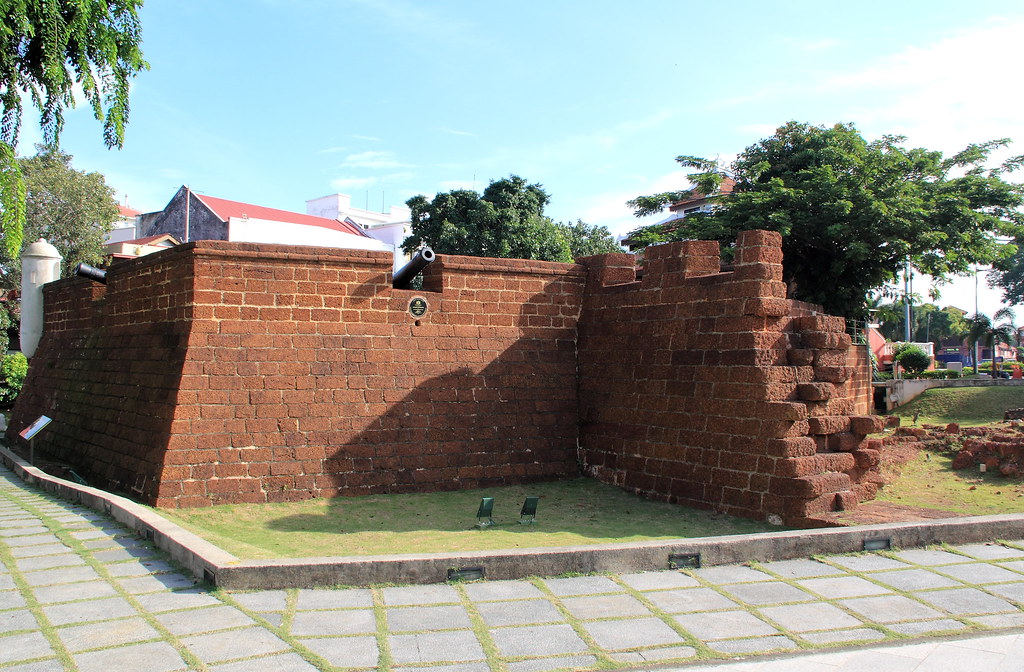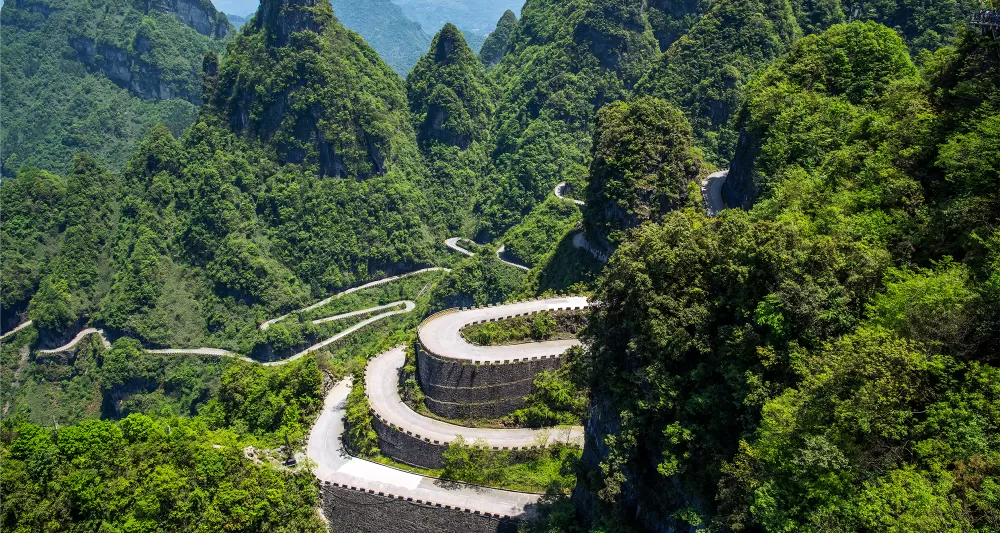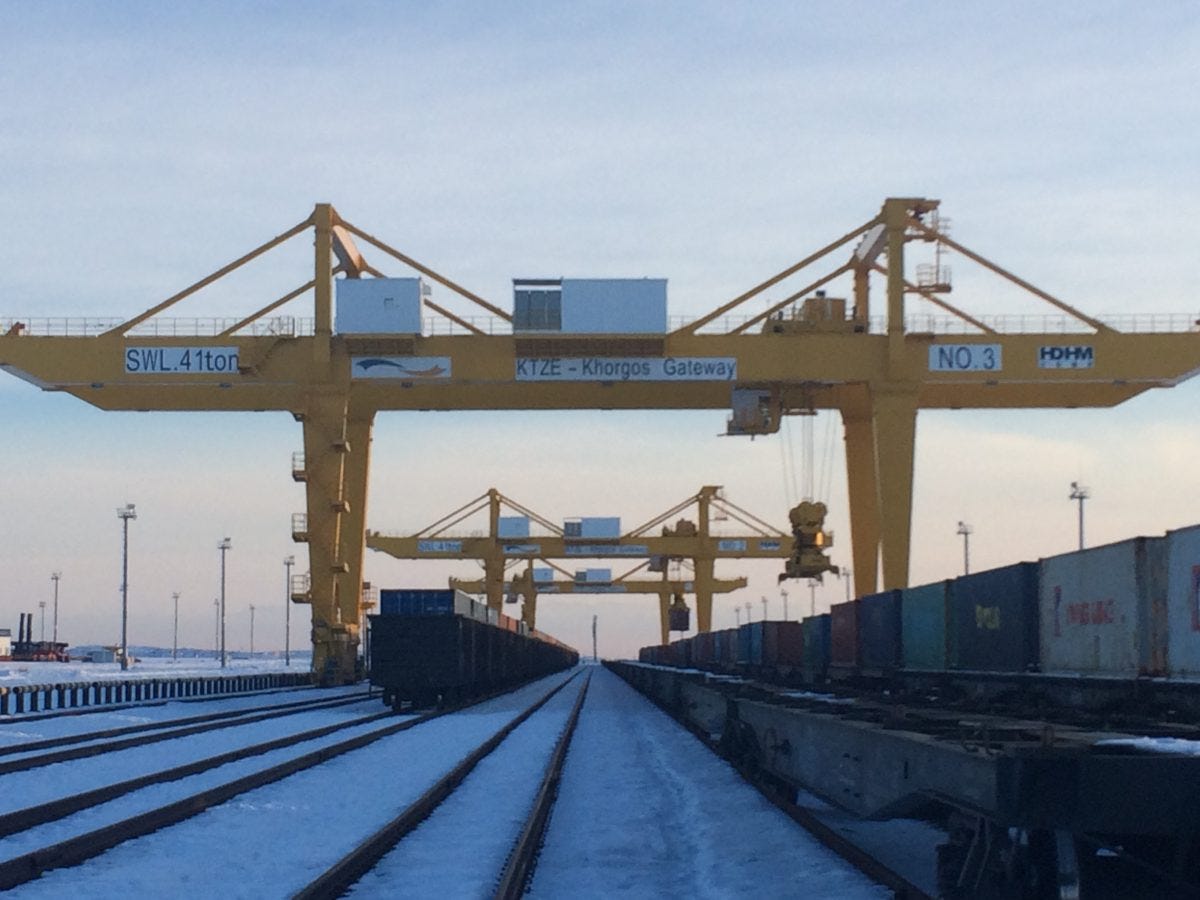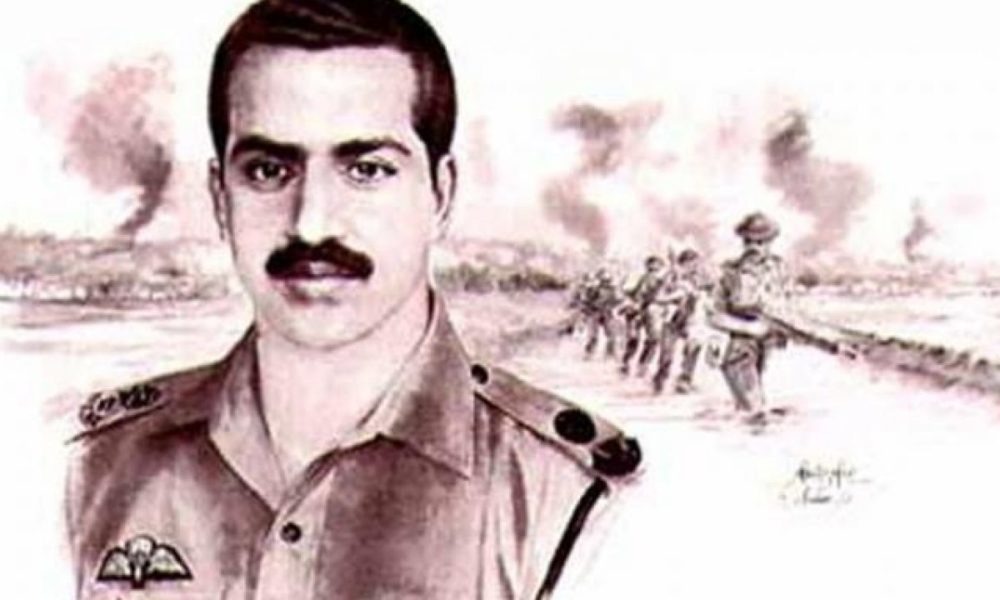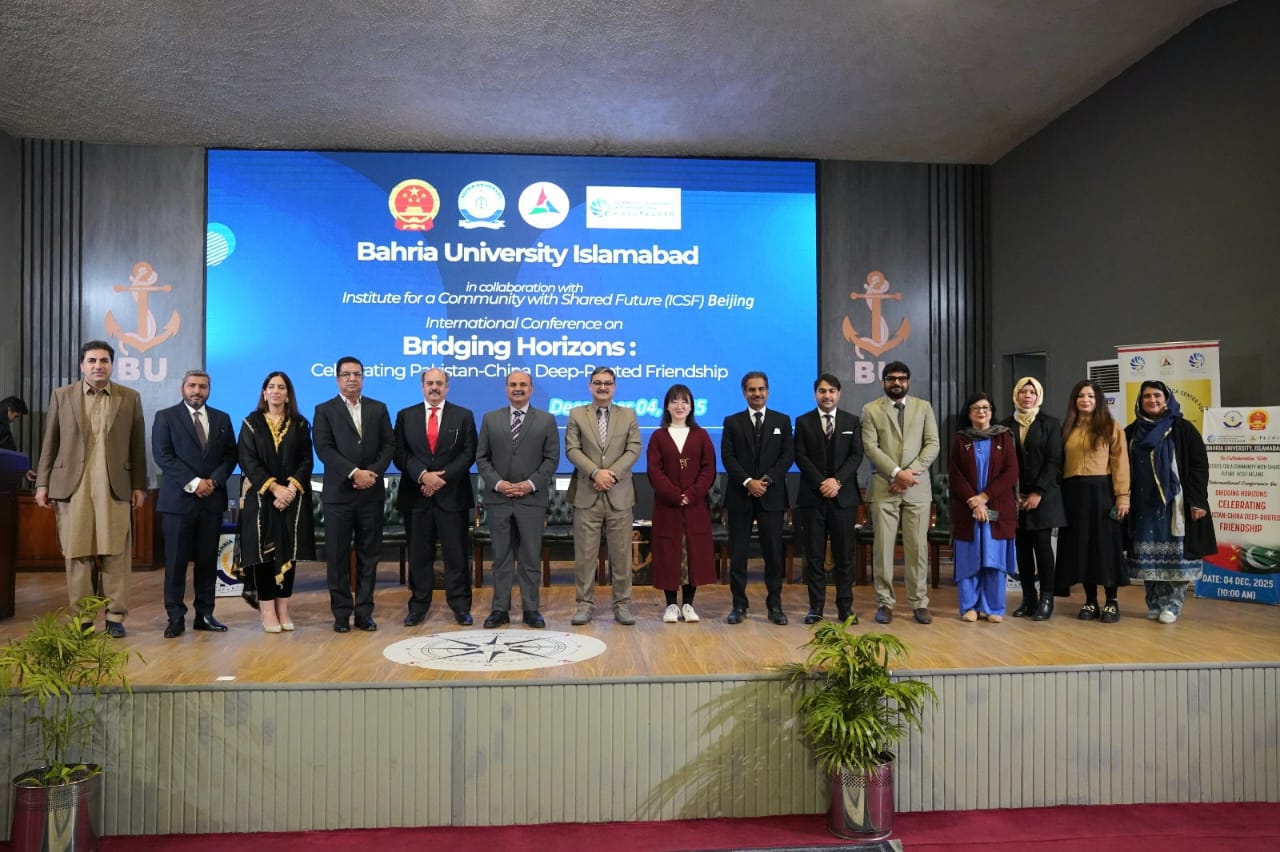Melaka, with nearly six centuries of prominence, has long been a cornerstone of Southeast Asia’s trading landscape. Legend has it that the city’s foundation came about through a remarkable event witnessed by Parameswara, a prince from Palembang. As he rested under a tree, he saw a mousedeer fend off a hunting dog by pushing it into the river. Seeing this as a divine sign, Parameswara chose the spot for his new city and named it “Melaka,” after the tree that had sheltered him.
The year 1409 marked another significant chapter in Melaka’s history when the renowned Chinese admiral Zheng He arrived to establish diplomatic ties between China and the city. Recognizing Zheng He’s influence, Parameswara welcomed him warmly, which led to a Chinese guarantee of protection against threats from Siam. This solidified their friendship and helped Melaka navigate regional challenges.
A pivotal moment came in 1414 when Parameswara, who had recently married a Muslim queen from Sumatra, converted to Islam and took the name Iskandar Shah. This conversion opened new avenues for trade with Muslim traders from India, further boosting Melaka’s growth and prosperity.
Upon Parameswara’s death in 1424, his son Muhammad Shah ascended to the throne. Despite facing diminishing support from China, Melaka successfully defended itself against Siamese invasions. The city’s spirit and resilience were evident in its ability to withstand these threats.
Under Sultan Mansur Shah, Melaka flourished as more than just a trading post; it became a regional empire. His conquests extended Melaka’s influence across Sumatra and the Malaysian mainland. The city’s strategic importance was recognized by China, leading Emperor Yongle to offer his daughter, Princess Hang Li Poh, in marriage to Sultan Mansur Shah, further strengthening their alliance.
Melaka’s golden age continued into the early 16th century, reaching its zenith under Sultan Mahmud. By then, the city was a bustling multicultural hub with over 100,000 residents speaking more than 80 languages, thriving as a center of commerce and diplomacy.
However, this era of prosperity was disrupted in 1511 when the Portuguese, led by Afonso de Albuquerque, arrived. The plan of Albuquerque was to create a series of different ports in Portugal and get along as far as China. He overpowered the Sultan’s army after constant attacks for one week and built the massive A Famosa fort which was at the St. Paul’s Hill to contain the city.
The Portuguese in turn extended the services of the missionary, Francis Xavier who wanted to christen the entire Asia. Although he was not allowed to set foot in Melaka, Xavier went around trying to go all the way to China before he died in 1552 in Sancian. His body was preserved and later taken back to Goa which still attracts pilgrims till today.
Portuguese presence in Melaka was however ending in 1641 when the Dutch seized the place. However, its influence gradually declined after the Dutch’s attention shifted towards Batavia now Jakarta. The structures which were built by the Dutch were valuable architectures which some are still existing currently.
During the rise of Napoleon’s empire in Europe in the early nineteenth century the Netherlands surrendered Melaka to Great Britain to avoid a transfer of the territory to the French. This the British virtually destroyed most of the fortress of the Portuguese, and included Melaka in the Straits Settlements with Singapore in 1824.
Thus for a while the trade of Melaka was revived but sadly it was to be replaced by Penang and Singapore. It stayed under British control until middle of the Second World War when the Japanese invaded in 1942. Melaka was again under the British rule after Japan’s give up in 1945 and this was to form part of modern day Malaysia.
Melaka of today bears testimony to its historical and cultural heritage and it falls in category of World Heritage Site. It still reflects centuries of tenacity and history, a living mirror of the tales and customs that have molded Southeast Asia.

Mr. Muhammad Ali Pasha is an analyst and expert on Central Asia, South East Asia, China, Türkiye and Middle East having experience in the field of article writing in various renowned journals and newspapers across the globe. Furthermore, he is a writer and poet.
